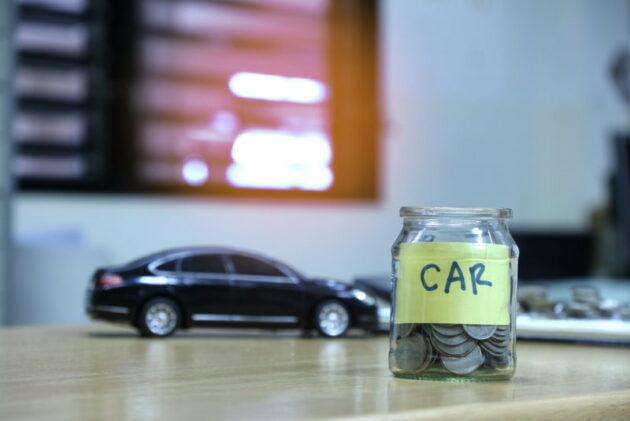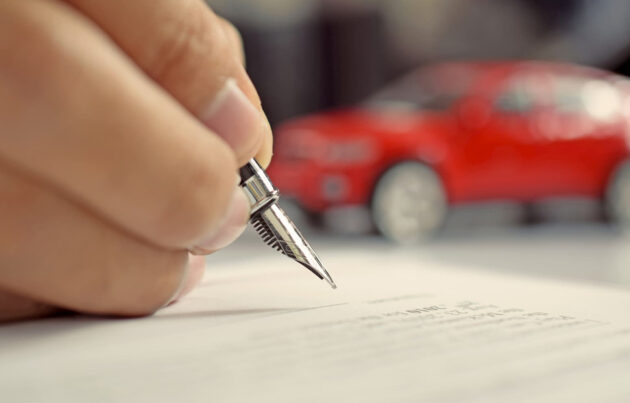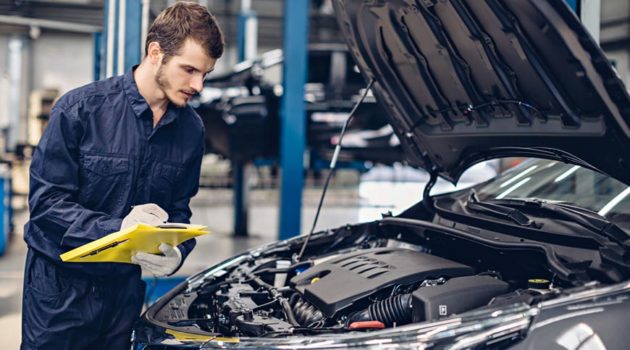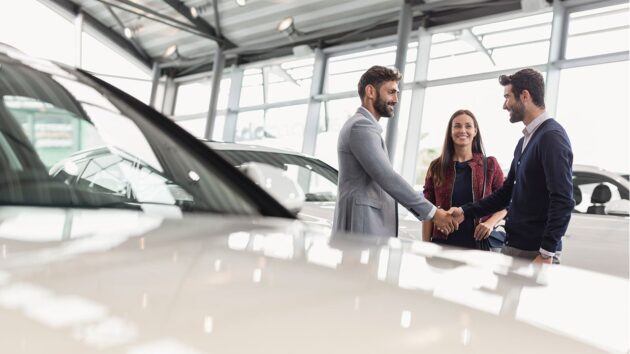When it comes to purchasing a new car privately, through a dealership, or online, there’s always a higher risk involved. However, purchasing from reputable online dealerships can provide buyers with more confidence.
In 2024, used car websites have simplified the buying process. Websites such as Gettacar.com provide maintenance packages, inspections, and even guarantees with the car that you purchase.
When it comes to buying a used car privately, there are a variety of factors that you’ll need to take into consideration to ensure that everything goes smoothly. The more confident you feel about buying a new car, the easier the process can be and you’re less likely to end up with unexpected issues.
This post takes you through some of the key elements to keep in mind when you’re looking to buy a used car. You can use it as a checklist to ensure that you’re giving yourself the best chance of finding a good quality used vehicle.
1. Budgeting

Source: haydenagencies.com
One of the biggest aspects to consider before you even start looking for new cars is to give yourself a budget. This goes for whether you’re looking to purchase the car in full, take out a personal loan, or finance the car.
Be sure to know how much you can afford to either pay for the car or how much you’re comfortable with paying for it monthly. This will help you to narrow down your search to only looking for used cars that are within your set budget. This can save you from a salesperson trying to sell you on more than what you can afford as you’ve already got a set budget in place.
2. Checking the Paperwork

Source: insurancedekho.com
A common mistake amongst people buying a used car is that they overlook the paperwork. The paperwork includes a lot of important information that you must have before agreeing to make a purchase.
For example, if you’re purchasing the car privately, you’ll want to make sure that the logbook states that the car is at the current address. You should then check the chassis number and registration of the logbook to make sure that everything matches up.
Once you’re happy with this, you can move onto checking over the service record. If certain things are missing, this could mean that parts of the car are more worn down and may need to be replaced in the near future which could be costly.
To ensure that the car doesn’t have an outstanding balance on finance or history that’s hidden you can carry out a range of checks online through vehiclereport.me. Use the vehicle identification number to get a report of the car’s history to help you decide whether you should proceed to buy the car.
3. Inspecting the Car

Source: paautoinspection.com
Inspecting the used car that you’re interested in is incredibly important because seeing it in person and seeing pictures of it can be two very different things. For example, poor weather and certain lighting can hide small damages and indentations to the car.
You should also be sure to take your time to visually inspect all aspects of the car. Since they’re used cars, it’s going to be common to find small scratches here and there. However, if there are signs of bigger dents, this could mean the vehicle is weaker and prone to damages down the line
Furthermore, you’ll want to sit inside the car and test out all of the features. Do all of the knobs and dials work as they’re supposed to? Do the heating and air conditioning work? You should also see if there are any lights on the dashboard when the car is on as it could mean there are more issues than the seller is letting on.
As part of your inspections, a test drive is always recommended. This is when you can get a grasp on whether the car is right for you. You should think about factors such as whether the engine turns on smoothly, how the steering wheel feels to handle, how sharp the brakes are, and how well the acceleration of the car performs.
The test drive is often where buyers come across issues that may signal that it’s not the right car for them. Maybe there are small issues or maybe you simply don’t like the way the car feels to drive.
4. Buying the Car

Source: auto-lackieren.com
If you’ve carried out all of the above steps and you’re happy, it’s time to buy the car. Be sure that you and the seller have agreed on the price and put it in writing before any funds are transferred.
It’s important that you and the seller both receive a receipt that can be signed for you to keep for your records. This should include important information, such as the sale terms, price, car details, as well as the name and address of you and the seller.
When it comes to buying a used car through dealerships online that have a good reputation, this part of buying the car is a breeze. When purchasing the car privately, you’ll need to be more proactive to ensure that you and the seller both receive the correct paperwork.
Other Things To Lookout For
There’s a range of other factors to look out for when buying a used car and they include the following:
- Cloning – Cloning is when a car has been fitted with number plates that are copied from a different car of the same model. This is commonly done to mask the fact that the car has been stolen.
- Clocking – Clocking involves altering the odometer of a car to change the mileage. This is done to give potential buyers the sense that the car has a low mileage when its real mileage is much higher and being hidden. As a result, the price of the car can be increased.
- Cut & Shuts – Cut and shuts are vehicles that have been constructed by putting separate pieces of damaged cars together and making buyers think that the car is in its original shape. In reality, the car has been put together using damaged parts and is more likely to cause problems and be unsafe to drive.
Conclusion
Now that you have a better idea of which factors to look out for when it comes to buying a used car, we hope that you have more confidence in finding the right used vehicle for you.



